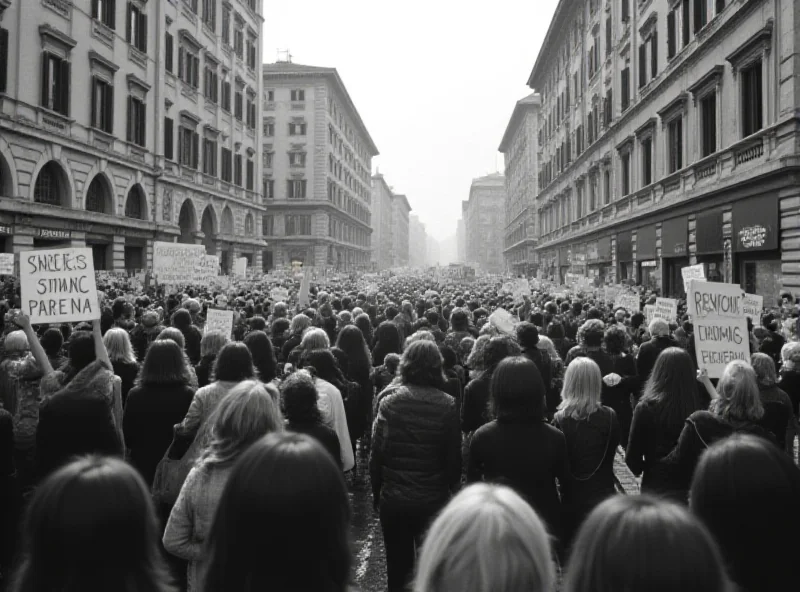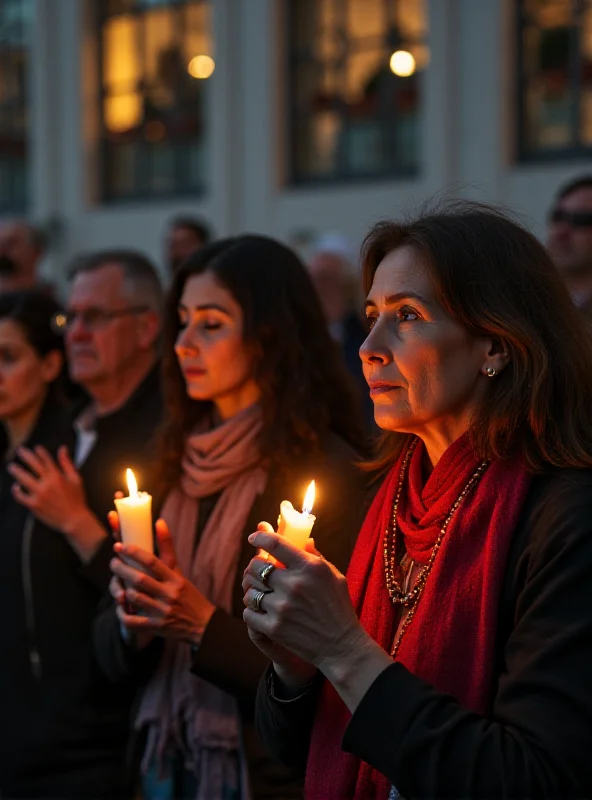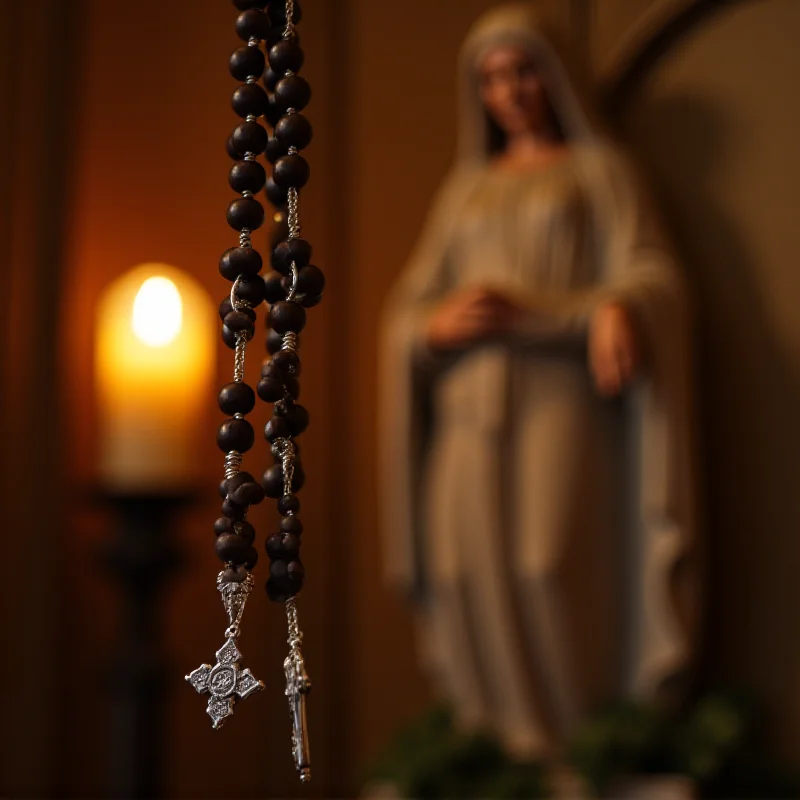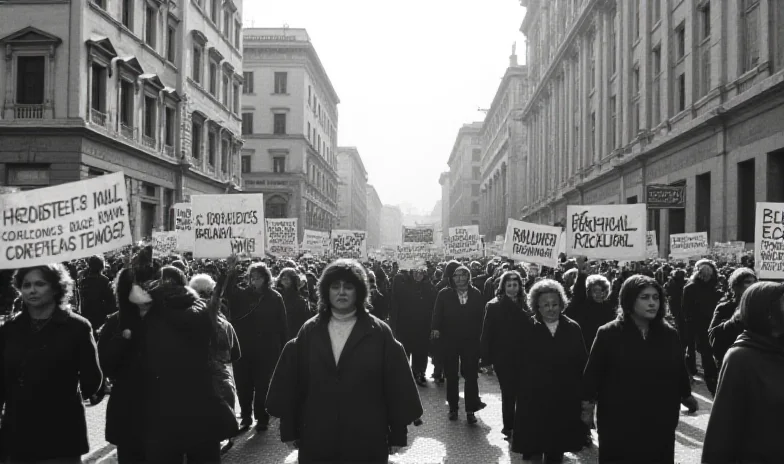Rome, a city steeped in history and significance, has been the backdrop for countless pivotal moments. This article examines two distinct events that highlight different facets of the city's cultural and political landscape: the powerful feminist protests of 1976 and the recent outpouring of support for Pope Francis during his hospitalization.
The Feminist Night of Rome: A Historic Protest
In November 1976, Rome witnessed a remarkable display of solidarity and activism as thousands of women took to the streets to protest against violence. This "Feminist Night of Rome," as it came to be known, was a watershed moment in the Italian feminist movement. Journalist Anna Maria Mori documented the event, capturing the energy and determination of the protesters.

The air crackled with a sense of urgency as women from all walks of life united to demand an end to violence and inequality. The protest served as a powerful statement, amplifying the voices of women and challenging the prevailing social norms of the time. It remains a significant event in the history of feminist activism in Italy.
Prayers for the Pontiff: A City United in Hope
Fast forward to the present day, and Rome finds itself at the center of another significant event: the hospitalization of Pope Francis. As the Pope receives medical treatment, thousands of faithful from around the world have gathered in the city to offer their prayers and support. Near St. Peter's Basilica and the hospital where the Pope is being treated, rosaries are clutched, candles are lit, and statues are draped in prayer beads, a testament to the Pope's global influence and the deep faith of his followers.

The cardinals, meanwhile, recently celebrated the beginning of Lent without Pope Francis, who has been hospitalized since February 14 for a double pneumonia. The absence of the Pope during this important religious period underscores the gravity of the situation.
A City of Contrasts and Continuity
Rome, it seems, is a city of contrasts. From the fiery passion of the feminist movement to the quiet devotion of the Pope's followers, the city has witnessed a wide range of human experiences. Yet, there is also a sense of continuity that binds these events together. Both the feminist protests of 1976 and the prayers for Pope Francis reflect a deep sense of conviction and a willingness to stand up for what is right, whether it be social justice or spiritual well-being.

However, not all sentiments surrounding the Vatican are positive. Juan Grabois, an Argentine social activist and friend of Pope Francis (Bergoglio), recently expressed his unease with the atmosphere in Rome, stating, "In Rome, a climate that I did not like. When the cat is away, the mice dance." This suggests underlying tensions and gossip within the Vatican, particularly in the context of the Conclave.
Rome continues to be a focal point for major events, both religious and secular, demonstrating its enduring significance on the world stage.
